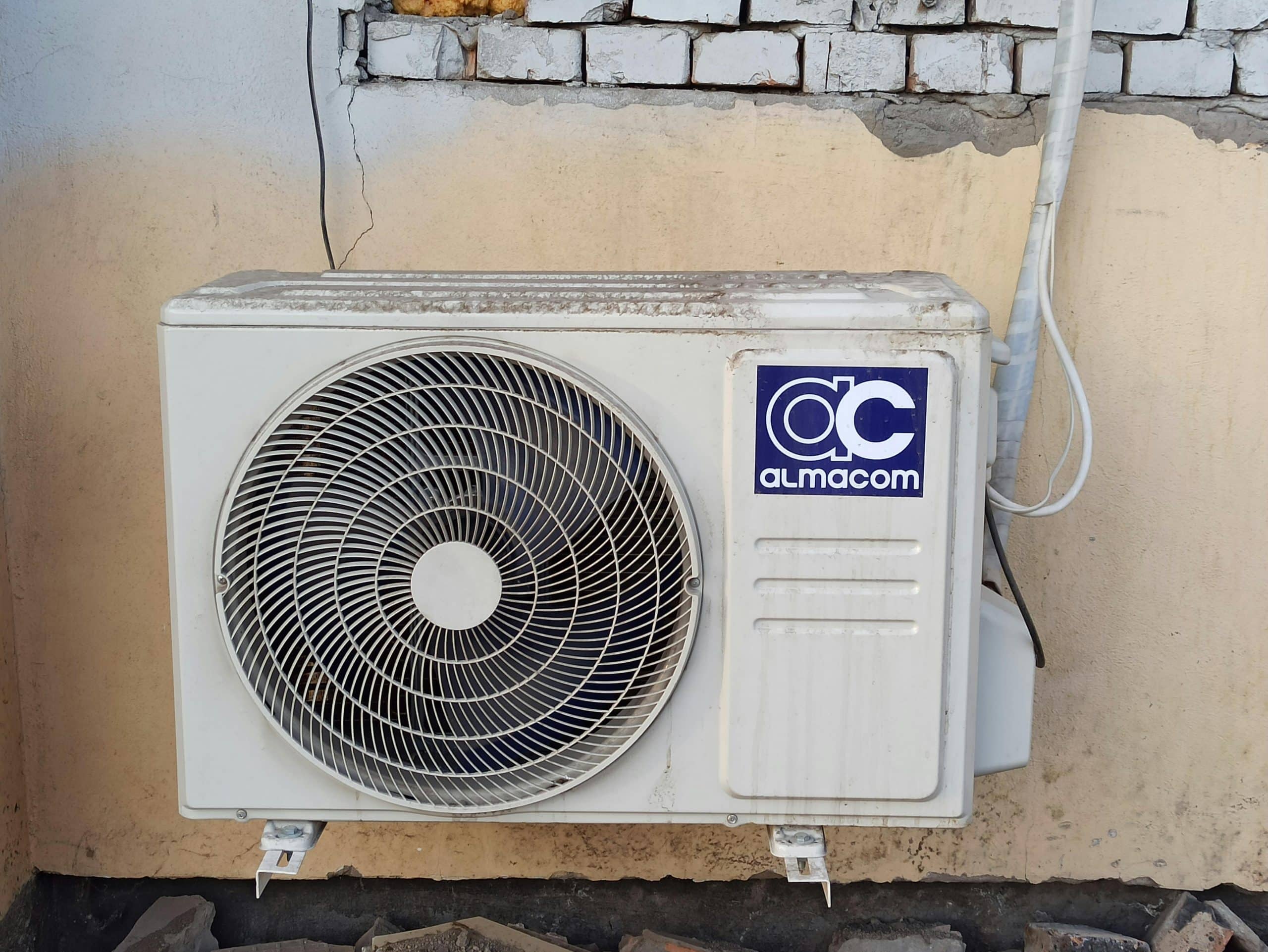As you spend most of your time indoors, you should prioritize the air quality within your building. After all, this matter relates directly to your health. Clean, fresh air isn’t simply a luxury, it’s a necessity for maintaining optimal health.
So, how can you ensure the air within your building is of the best quality? With the surge of modern technology, smart ventilation systems have become a viable solution. This article will guide you on how to optimize your indoor air quality (IAQ) using these systems.
Sujet a lire : What’s the Most Space-Efficient Staircase Design for Tiny Homes?
Understanding Indoor Air Quality
Before we delve into the solution, you must first understand the problem. Indoor air quality refers to the air within and around your buildings and structures. It’s related to your comfort, health, and wellbeing as you spend your time indoors.
Poor indoor air quality stems from pollutants that stem from various sources. These pollutants may either originate from inside the building or get drawn in from outside. They can include mold, pollen, carbon monoxide, volatile organic compounds, particulates from combustion, and more.
En parallèle : How to Build a Customized Window Seat with Storage in a Bay Window?
Over time, these pollutants can build up to levels that can pose health risks. The effects depend on the type and concentration of the pollutants, the duration of exposure, and individual health conditions. In fact, studies by scholars like Crossref have shown a connection between poor IAQ and several health conditions, including respiratory illnesses, allergies, and even mental health issues.
The Need for Ventilation Systems
Even with the windows open, natural ventilation may not be enough to maintain good air quality. This is particularly true in tightly sealed, energy-efficient buildings that have been designed to minimize heat loss or gain. In such buildings, pollutants can become trapped inside, leading to poor IAQ.
That’s where ventilation systems come in. They help control the air quality by removing stale indoor air and replacing it with fresh outdoor air. These systems can also filter out pollutants, thus reducing their levels indoors.
Yet, not all ventilation systems are created equal. Enter smart ventilation systems, the modern solution to maintain optimal IAQ whilst conserving energy.
Smart Ventilation Systems: The Future of Indoor Air Quality Control
In an era where everything is becoming ‘smart’, it’s no surprise that ventilation systems have followed suit. But what differentiates a smart ventilation system from a traditional one?
Smart ventilation systems use sensors and controls to measure and monitor indoor air quality in real time. They use this data to adjust the ventilation rates according to the building’s occupancy, pollutant levels, and other factors. This way, they ensure optimal air quality at all times, while also minimizing energy consumption.
These systems can even be integrated with smart home devices, allowing you to monitor and control your indoor air quality from anywhere at any time.
Implementing Smart Ventilation Systems for Optimal Indoor Air Quality
Now that you understand what smart ventilation systems are, let’s discuss how to implement them for optimal indoor air quality.
Firstly, you need to choose the right system for your building. This depends on various factors, including the size and layout of your building, the local climate, and your specific needs and budget.
Once you’ve chosen a system, it needs to be correctly installed and commissioned. This task should be performed by a professional to ensure the system operates efficiently and effectively.
After installation, regular maintenance is crucial. This includes cleaning and replacing the filters, checking and adjusting the controls, and servicing the mechanical components. By doing this, you ensure the longevity and efficacy of the system.
Lastly, while smart ventilation systems can significantly improve your IAQ, they should be complemented with other practices. This includes controlling the sources of pollutants, maintaining a clean indoor environment, and ensuring proper humidity levels.
In essence, optimizing indoor air quality with smart ventilation systems requires an integrated approach. It’s not only about the technology but also how you use it alongside other best practices.
In the end, remember that your indoor air quality is not something to overlook. It’s a vital aspect of your health, and with smart ventilation systems, you can take control of it in an efficient and convenient way.
The Role of Smart Ventilation in Energy Efficiency and Decision Making
Smart ventilation systems are not just notable for their ability to improve indoor air quality; they also offer significant benefits in terms of energy efficiency and decision making. Let’s delve into these aspects further.
A key feature of smart ventilation systems is that they can adjust the rate of ventilation based on the needs of the building. Traditional systems often operate at a constant rate, regardless of whether the building is occupied or not. This can lead to unnecessary energy consumption, especially during periods of low occupancy.
However, a smart ventilation system uses sensors and controls to detect occupancy levels, pollution levels, and other factors in real time. This allows the system to increase ventilation rates when necessary, such as during peak occupancy times, and decrease them when fewer people are present or pollutant levels are low. This dynamic adjustment not only ensures optimal air quality at all times, but it also reduces unnecessary energy consumption.
Moreover, smart ventilation systems can be integrated with your HVAC system. This can help you further optimize energy use and indoor comfort. For instance, during cooler months, the system can recover heat from the exhaust air and use it to pre-warm the incoming fresh air. This can significantly reduce the energy needed for heating your indoor environment, further enhancing energy efficiency.
These systems also provide valuable data about your indoor air quality and ventilation performance. This information can be crucial for decision making. For example, it can help you identify patterns or trends, such as peak pollution times or areas of your building that may require additional ventilation. This can inform future decisions about building design, operation, and maintenance.
Conclusion: Smart Ventilation—A Worthy Investment for Health and Efficiency
Improving indoor air quality is not a luxury; it’s a vital component of your health and wellbeing. With the amount of time you spend indoors, the importance of clean, fresh air cannot be overstated.
High levels of pollutants like mold, pollen, carbon monoxide, and volatile organic compounds can lead to a host of health issues. Hence, an effective ventilation system is non-negotiable. While natural ventilation can help, it often falls short in tightly sealed, energy-efficient buildings. This is where smart ventilation systems shine.
Not only do smart ventilation systems ensure optimal indoor air quality by adjusting ventilation rates in real time, but they also enhance energy efficiency. They can minimize unnecessary energy consumption and be integrated with your HVAC system for even greater efficiency. Additionally, they equip you with valuable data to support informed decision making about your indoor environment.
While implementing a smart ventilation system requires careful consideration and regular maintenance, it’s a worthy investment for your health and efficiency. Complemented with other practices like controlling the sources of pollutants and maintaining a clean indoor environment, smart ventilation systems are your ally in the quest for optimal indoor air quality.
Remember, the air you breathe is just as important as the food you eat and the water you drink. Make sure it’s clean and fresh, for the sake of your health and wellbeing. Smart ventilation systems make this an achievable goal.






